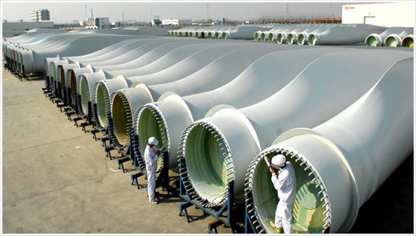In the next several weeks, I will attempt through this series “The Road to COP21” to outline key issues facing policymakers and activists as they converge on Paris at the UN’s Conference of the Parties-21 starting on November 30th and possibly culminating in a global climate treaty by the end of the conference on December 11th. COP21 is being viewed as a last chance for humanity to seriously address climate change in concert and thereby face humanity’s most serious and ominous existential crisis. Human survival as a species may very well be at stake.
With the approach of COP21, policymakers and activists concerned about the climate will have a series of choices to make, choices perhaps that will seal the fate of humanity as a species. These decisions will be influenced by the participants’ pre-existing or emerging ideas about who or what are the central players or forces in effective climate action and which are the social-political-economic dynamics that they will initiate or continue to maintain. Alternatively if those participants are not sincerely concerned about the fate of humanity as regards climate, they may simply enact “some” climate policy as a fig-leaf or showpiece. Seriousness, sincerity, and clear-headedness, would seem to be prerequisites for, at COP21 and surrounding events, both a successful negotiation as well as a design of an effective new international system to reduce human-caused warming emissions eventually to net zero or less. So for the moment, in this discussion here, I’m going to assume that there are at least some people in positions of influence (a very large group) or political power (a few people) who sincerely want to cut emissions to stabilize the climate, employing a variety of means.












